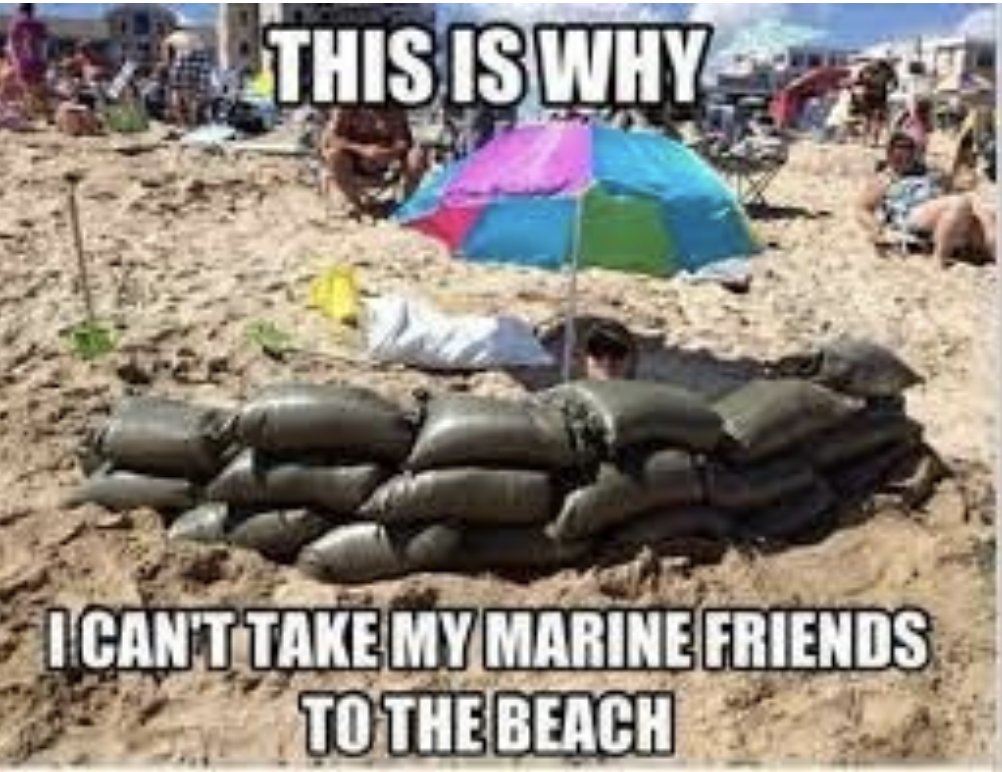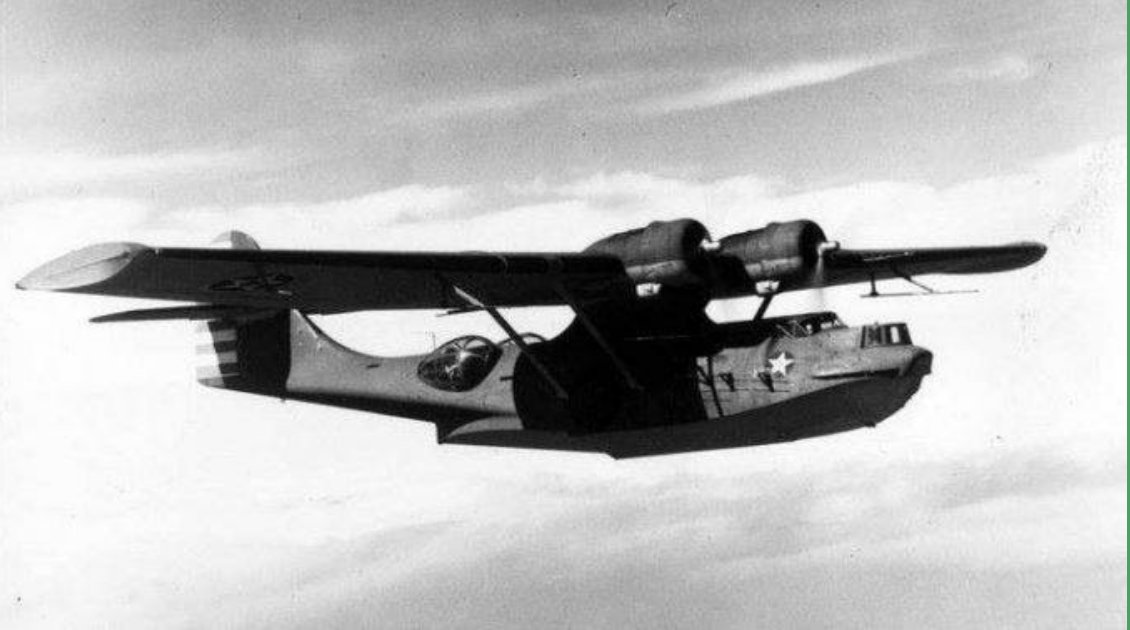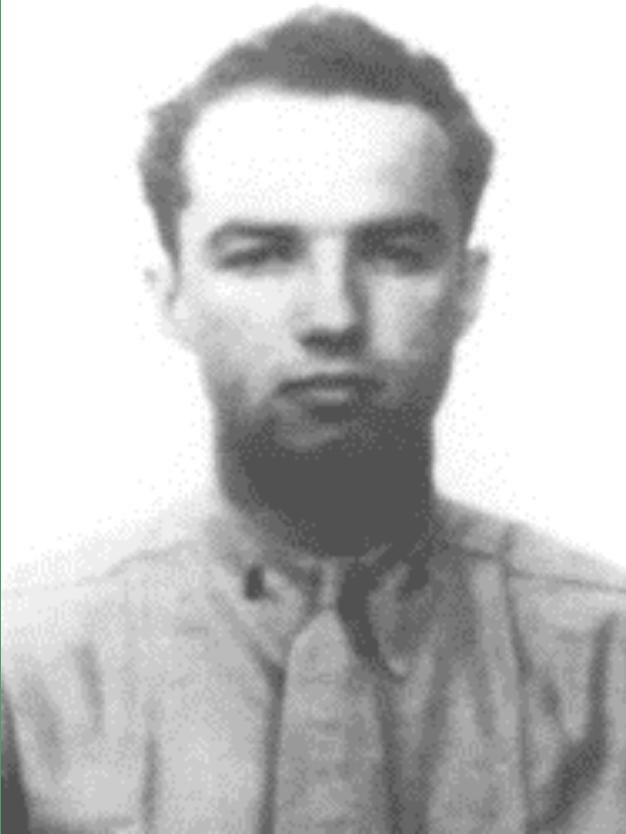
Wake Island - Pacific Theater 1941
An 80th-anniversary social media experience from the #USMCMuseum.
An 80th-anniversary social media experience from the #USMCMuseum.

West of the int’l dateline on 8 Dec 1941, Japanese bombs were falling on three US bases across the Pacific Ocean. Guam would be the first American territory to fall to the Japanese on 10 December. The defenders of Wake Island, however, would hold out for another 2 weeks. 

Wake had become a US possession in 1899 and was strategically located halfway between Honolulu and Manila. By 1936, it had become a stopover point for Pan Am airlines’ flying boat Clipper service. However, it was not until 1941 that the Navy began defensive improvements. 

The #USMC 1st Defense Battalion arrived in the summer of 1941 and began building emplacements for its 5-inch coastal defense guns and 3-inch M3 anti-aircraft guns. While the battalion had its full complement of guns, personnel and fire control equipment were in short supply. 

While both types of guns gave the defenders a significant anti-shipping & antiaircraft capability, the lack of early warning radar & sound locators, along with inadequate fire control equipment would particularly hamper the antiaircraft guns throughout their time on the island.
The lack of an SCR-270 early warning radar allowed for the first Japanese G3M bombers to attack Wake through a rain squall on Dec 8th. The enemy bombers destroyed 7 out of 12 F4F-3 Wildcats on the airfield, killing or wounding nearly half of VMF-211’s personnel. 

Despite the losses & the lack of radar, the 1st Def. Bn.’s reaction to the initial Japanese air raid was solid. Batteries D & E opened up quickly with their 3-inch guns, & the battalion’s .50 caliber AA guns engaged as best they could, despite being at the edge of their range. 

On paper, a Defense Battalion should have had 3 anti-aircraft Batteries, each with 4 guns, a gun director, height finder, and SCR-268 gun-laying radar. On Wake, the battalion only had personnel for 3 guns in D and E Batteries, and F Battery was left unmanned.
With only 1 functional height finder with Batt D, communication between the 2 manned batteries was critical for proper firing solutions. The daily airstrikes had revealed the AA gun positions, making them priority targets for the Japanese bombers.
The battle of attrition was on.
The battle of attrition was on.
Things started going poorly on Dec 10th, when Japanese bombs hit the ammunition dump on Wilkes Island, destroying the ammunition supplies for the antiaircraft guns of F Batt & L Batt’s anti-ship guns. The defenders claimed 3 more bombers, with 2 falling to VMF-211 & 1 to E Batt. 

The first Japanese attempt to take the island began on Dec 11th. Three Cruisers, 7 destroyers, and 3 transport ships were sighted southeast of Wake at 0300. The defenders were ready but held their fire until the enemy was well within range.
The 4 F4Fs from VMF-211 launched at 0530, just as the enemy cruisers began their bombardment. With the 3 cruisers firing at longer range, their screening destroyers then moved to within 4000 yards to shell the defending #Marines.
After 45 minutes, the shore batteries commenced firing, with A Battery’s 5” guns quickly bracketing the IJN Yubari and forcing it to pull back. Despite operating without fire control equipment, L Battery’s guns focused on the destroyer formation sailing parallel to the shore.
L Battery found the range and concentrated fire on the lead destroyer, the IJN Hayate, hitting her repeatedly and ultimately detonating her magazines with devastating results. Of the 148 men aboard, only 1 survived. 

While the Japanese cruisers moved out of range of A Battery’s guns, Captains Henry T. Elrod & Frank Tharin rolled in from altitude and engaged the cruiser Tatsuta, strafing and hitting with at least 1 of their 100lb bombs. Elrod also bombed and sunk the destroyer IJN Kisaragi. 

With the cruisers in retreat, VMF-211’s Wildcats focused their attention on the 3 transport ships, with CO Major Paul Putnam leading a flight of 3 to hit the potential landing force of 450 Japanese Special Naval Landing Force troops.
Capt Elrod’s Wildcat, #11 took hits to the oil system, forcing him to land on the beach with a seized engine. Parts were quickly salvaged from #11 and used to keep the other 4 airplanes flying. Capt Freuler landed #8 back at the airfield, although he too had sustained damage. 

The ferocity of the Marines’ repeated attacks on the invasion force finally caused them to withdraw by mid-morning. This was the first and only successful repelling of an amphibious assault for the entirety of the Pacific War. The worst, however, was yet to come.
The next several days showed a change in Japanese tactics. Bombing raids continued but were conducted instead by flights of up to 4 airplanes instead of massed bomber formations. No attacks were reported on Dec 14th. It was getting too quiet.
Before being relieved of command after Pearl Harbor, Adm Kimmel ordered TF14 under RADM Fletcher to relieve Wake Island, bringing much-needed fire control equipment, ammunition & additional #Marines. The TF departed Pearl Harbor on Dec 17th, steaming at 13kts for Wake. 

4 radar sets, 1 SCR-270 early warning set & 3 SCR-268 gun-laying radars were aboard the seaplane tender USS Tangier, along with ground personnel from VMF-221 intended to reinforce the decimated Wake-defending ground crews of VMF-211. Help was on the way. 

Ships were again reported south of Wake Island the morning of Dec 18th, but they stayed out of range throughout the day. The squadron got F4F #8 back in the air after cannibalizing parts from fighters that had been written off on Dec 8th, but only #9 remained fully operational. 

At 1530 on Dec 20th, a PBY flying boat arrived from USS Tangier with news that TF14 was en route and to expect relief by the 24th. At the core of Fletcher’s Task Force was the aircraft carrier USS Saratoga, whose air wing was desperately needed along with ground reinforcements. 

At 0700 the next morning, Maj Walt Bayler’s PBY took off, headed back to the task force. Aboard was a letter from Capt Elrod to his wife, explaining some of what had gone on at Wake. Elrod had asked his friend Bayler to personally deliver it. 

By 0900, things got worse. The morning air raid was not by twin-engine bombers based at Roi and Namur, but by carrier-based D3A dive bombers with A6M Zeroes as escorts. The IJN Hiryu and IJN Soryu, two of the carriers that attacked Pearl Harbor, were within range. 

Only one F4F (#9) was operational, and that was solely due to the superhuman efforts of the ground crews salvaging every possible usable component. Major Putnam took off at 1020 in order to attempt to locate the Japanese carriers, but was unable to do so.
A second airstrike hit the island around 1430, hitting D Battery’s antiaircraft gun director and remaining fire control equipment. D Battery in turn claimed one G3M bomber shot down. The Battery displaced and moved to what would be their final positions on Wake that evening.
Things were bleak on the morning of the 22nd. The acting CINCPAC, Adm William S. Pye, believing Wake to be a lost cause, orders TF14 to return to Pearl Harbor.
“0900 21 December Wake attacked and captured by enemy”. This would place the recall order at roughly 0400 on the morning of the 22nd Wake local time due to the International Date Line.
VMF-211’s last-ditch defense launched at noon on the 22nd. They accounted well for themselves, with Capt Freuler shooting down two & Lt Davidson splashing one.
Freuler had closed within point-blank range on the dive bomber, and as he pulled up over it, it exploded, damaging his control surfaces
Lt Carl Davidson, flying Freuler’s wing, was last seen engaging enemy fighters off of Wake but never returned to the airfield. His aggressive maneuvering diverted a number of enemy aircraft from attacking the island, actions for which he was posthumously awarded the Navy Cross. 

Freuler’s damaged plane put him in a bad position, & the Japanese were able to hit his Wildcat, wounding him in the shoulder and back. He made it back to the airfield, wrecking Wildcat #8 on landing. Freuler would also be awarded the Navy Cross, but Wake’s F4Fs were no more. 

With no relief coming from Saratoga’s air wing, all available VMF-211 personnel reported to the Defense Battalion commander, Major Devereaux as infantrymen. The fliers took up defensive positions from the beach to the aircraft parking area on the southeastern tip of the island. 

According to E Battery’s commander, Capt William Lewis, “before dawn, two destroyers ran aground on the reef on the south shore. I received orders to fire a number of concentrations on the beach. By this time, the Japanese had landed along the south shore.”
“Enemy on island – situation in doubt”. The remnants of Maj Putnam’s squadron engaged immediately and held out against intense hand-to-hand fighting until the island surrendered. Putnam too would be awarded the Navy Cross for his actions on Wake. 

Capt Elrod, who had shot down at least two Japanese bombers and sunk a destroyer, took command of one end of the thin VMF-211 line. According to his Medal of Honor citation, Elrod “enabled his men to hold their positions and repulse determined Japanese attacks” 

“Capturing an automatic weapon during one enemy rush in force, he gave his own firearm to one of his men and fought on vigorously against the Japanese.” “Captain Elrod led his men with bold aggressiveness until he fell, mortally wounded.”
Wake’s defenders held out against the Japanese landing force for nearly seven hours, but at 0800 with ammunition running low and casualties mounting, Navy Commander Cunningham and Major Devereaux agreed that surrender would be the best option.
The defense of Wake had been a rallying cry in the US, and repelling the attempted landings on 11 December showed that the Japanese could be defeated. But without critical reinforcements coming, it became clear just how isolated Pacific Islands could be.
This would be well learned in the Pacific, and ironically the Japanese garrison left at Wake would be cut off and isolated from resupply for the majority of the war’s remainder as American forces advanced across the Pacific and avenged the Wake Island Defenders.
A memorial was constructed on Wake in order to honor the defenders. The propeller and cowl ring from Capt Elrod’s F4F-3, #9 were the centerpiece of the memorial, and today are an honored part of the National Museum of the Marine Corps collection. 



See the complete "Wake Island: The Pacific Theater-1941" thread under the "View Moments" on our platform or click on this direct link twitter.com/i/events/14740…
Find out more about WWII at the #USMCMuseum.
Find out more about WWII at the #USMCMuseum.
• • •
Missing some Tweet in this thread? You can try to
force a refresh



